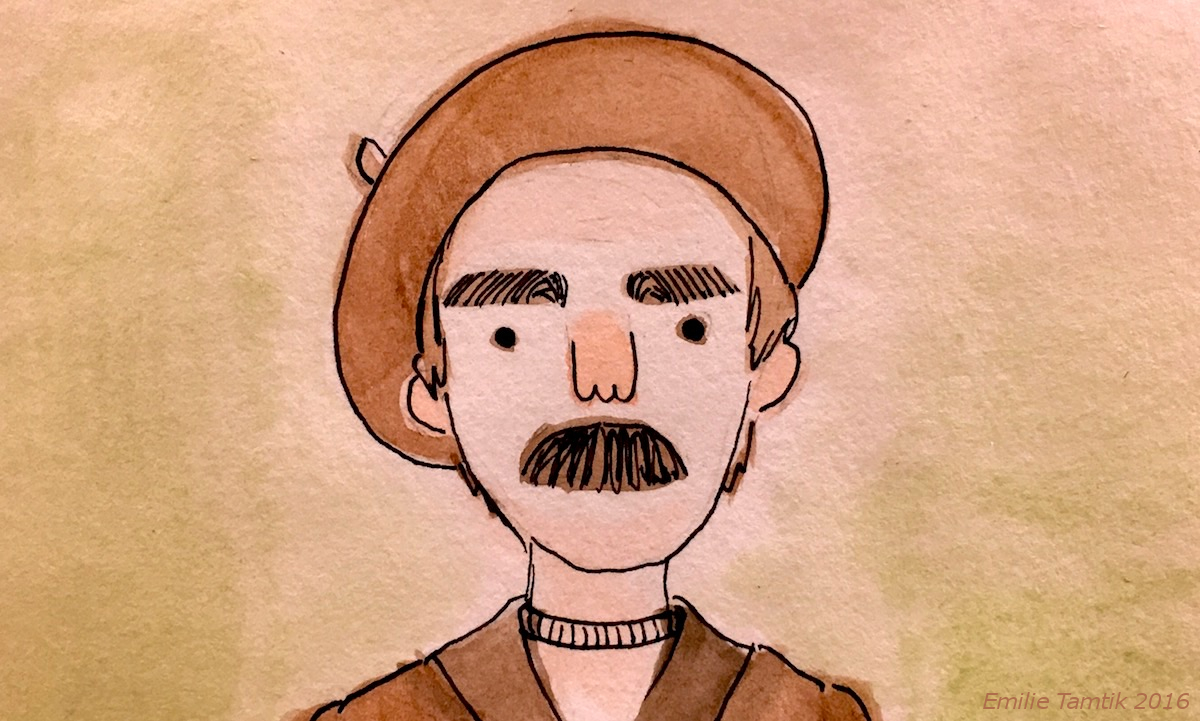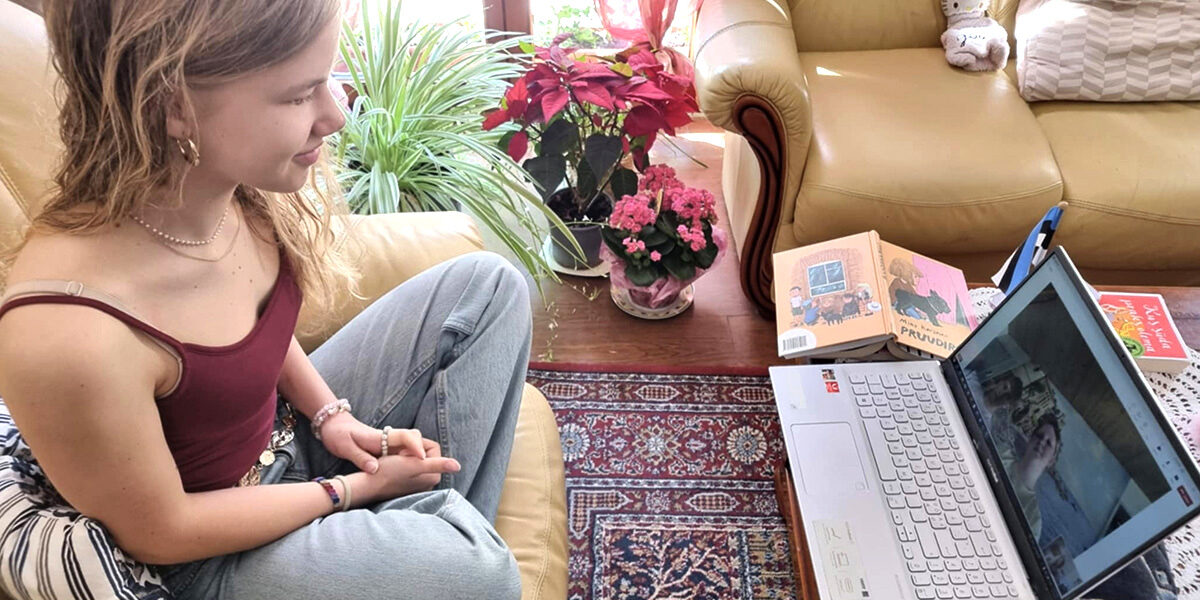Guido describes his active life in DP camp Geislingen and immigration to Australia. Eventually Guido settles in Adelaide and meets his future wife Õnne. After marriage and four children, Guido starts a 5 year Architectural degree course at the University of Adelaide and plays with his band in the evenings at various hotels and nightclubs. A visit to Canada convinces the family to immigrate and settles in Toronto, where they actively participate in the Estonian community. Õnne Laikve grew up in Tallinn. While on an extended visit with her mother to her sister in Poland during WWll, they flee to Germany. In Fürth they find her other sister. They leave Germany and immigrate to Australia. In Adelaide Õnne studies to become a nurse but eventually enrolls at the Conservatory to study classical singing. Õnne meets her future husband Guido, and describes their life to-gather.
Hilja Hiielo remembers her childhood in Nõmme, playing in vonGlehn's Park and providing a glimpse into the life in this idyllic suburb of Tallinn around 1930s. Peeter Ilves' story is a continuation of his memoirs in Mälutunglad lV and describes his life in Germany after WWll. At camp Alt Garge , “a heaven for boys”, Peeter gets into trouble playing with ammunition. His mother leaves to work in England in August 1947, leaving 13 year old Peeter behind with friends. In the fall Peeter digs up a gun from a river and…….. Peeter makes it to England where at the age of 15 becomes a mess-boy on a cargo ship and describes the antics and hard work while sailing to Italy, Tunesia, Egypt, Scotland amongst many other places. Eventually settling in Toronto, Canada in 1951 where he meets his future wife Maie and returns to school.
Wirge Kasekamp writes in diary style of her two weeks she spent with her aunt and nephew in Stockholm in 1949, taking in its wonderful sights and sounds. Evi Jaaguste witnessed the bombing of Dresden, February 13, 1945. She describes life in various Displaced Persons camps. She enlists in the British Merchant Navy and sails the Mediterranean. Being saved from a shipwreck off the coast of Sweden is harrowing reading. Victor Libe had to stop school at the age of 12 and start working on the farm. Victor spends his 20th birthday under siege in Volhof forest and gets almost killed by Russian soldiers while riding his military motorcycle.
Elna Libe had a glorious childhood in Mustoja. She recalls the lives of her parents, relatives and friends and how they together make a wonderful life in that northern coastal village. Tarvo Toomes writes several short stories of interesting events in his life, be it in Sorrento, New Orleans or Toronto.
Anna Saaga, her husband and their four daughters were deported to Siberia on June 14,1941. Her clear and vivid description of tremendous daily struggle to stay alive, draws you deep into Anna's soul. Anna was permitted to return to Estonia in 1956, at the age of 59. Three of her daughters returned at different times, but one died in Siberia. Her daughter writes an addendum, describing her own last two years in Siberia. Saima and Kalju Varangu met during the war in Estonia under difficult circumstances. They fled on an old sailboat to Sweden, just in time to see Russian tanks rolling north on the Estonian shore. Saima writes an interesting article about various currencies that she has lived with during her lifetime.
Evi Veltmann-Paap, continuing with her memoirs from Mälutunglad lV, writs about her meeting in 1986 Estonia an old friend living in Canada. Evi describes her impressions of her first visit to Canada in 1988 and the events of the Baltic Chain in 1989. In 1993 she starts life in Toronto, but she and her husband eventually return to Estonia in 2006. Aino Müllerbeck describes her life in the boarder town of Valga. There are many changes to both daily lives and school curriculum under the first Soviet and the German occupations.
Aita Lilleman was deported to Siberia with her mother and two brothers when she was 10 years old. Aita vividly describes life in that cattle car, as well as her survival in Siberia. Five years later Aita alone is allowed to return to Estonia. She grows up, has a daughter and is widowed. She eventually visits Canada where she remarries and now lives in Toronto. Sergei Rauk, who at the time earned a living cleaning furnaces, won a night at the Inn on the Park Hotel. Unused to such posh surroundings, Sergei delightfully describes how he and his wife manage this weekend.
The Memoires includes a two page history and maps of Estonia. There are also numerous photos with the texts. Each story is so different, so engaging. Good reading and good gift suggestion. The book is available in Estonian and English languages at the Estore in the Estonian House; Maie Ilves 416-767-6464; Guido Laikve 416-444-6405.
Epp Aruja




